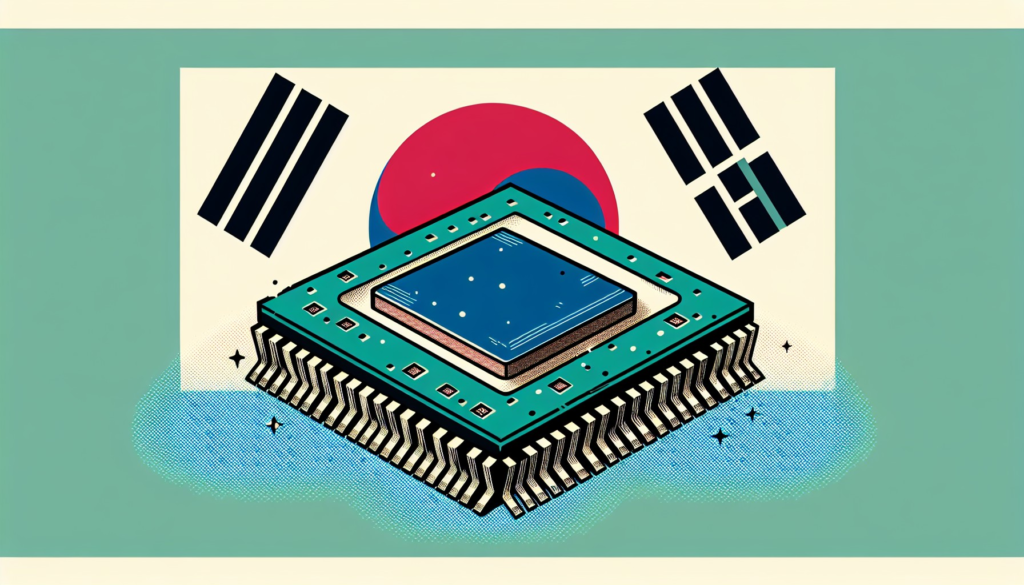what's happening?
South Korean stocks were volatile, but ended almost flat on May 23, 2024, as gains in semiconductor manufacturers offset the decline in the overall market.
What does this mean?
The KOSPI index was little changed, closing at 2,721.81, down 1.65 points (0.06%), after dropping 0.71% the previous day. The stability was mainly due to Samsung Electronics' gain of 0.77% and SK Hynix's gain of 1.16%, after the South Korean government announced a robust 26 trillion won ($19 billion) support for the semiconductor industry. In addition, Nvidia's favorable earnings outlook also boosted sentiment at SK Hynix, a key supplier to the U.S. tech giant. This resilience came despite the Bank of Korea postponing an interest rate hike.
interest
Interest rates are at a 15-year high.
inflation
Risks from strong economic growth. Of the 933 stocks traded, 349 were advancers and 534 were decliners. Foreign investors were net buyers, adding 356.3 billion won ($261.22 million) to the market, while the Korean won rose 0.04% to close at 1,362.4 won to the dollar.
Why should we care?
For the market: Chipmakers are bucking the trend.
The semiconductor sector's gains provided a buffer against an overall weak market due to losses on Wall Street and hawkish signals from the Federal Reserve. The outlook remains positive for South Korean chipmakers, with strong revenue forecasts and significant support from the government, making them a key focus for investors amid global market uncertainty.
Overall picture: Balancing growth and inflation.
The Bank of Korea's decision to keep interest rates at their highest in 15 years highlights the tricky balance between promoting economic growth and controlling inflation. The policy, along with the government's strategic technology investments, signals South Korea's broader strategy to maintain economic stability while remaining globally competitive. Meanwhile, a stable benchmark
hook up
The yields reflect investor caution in a volatile market.


